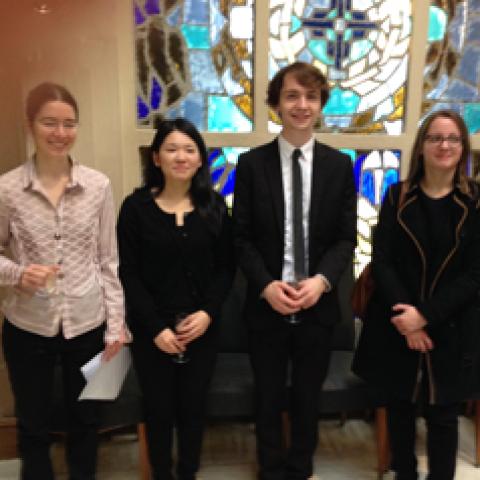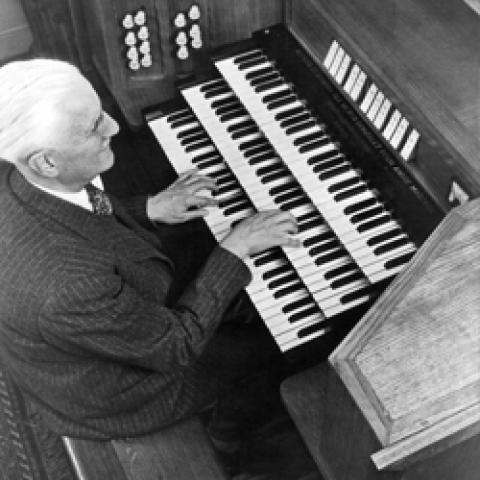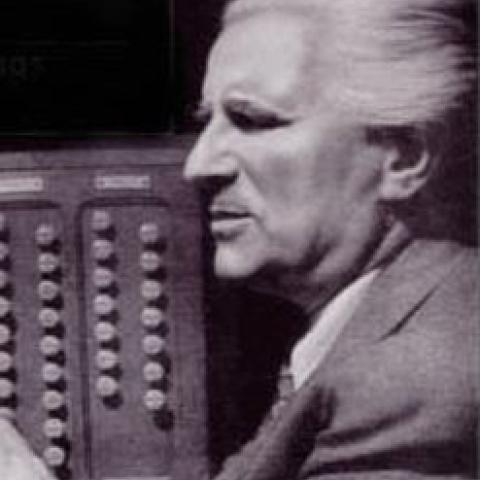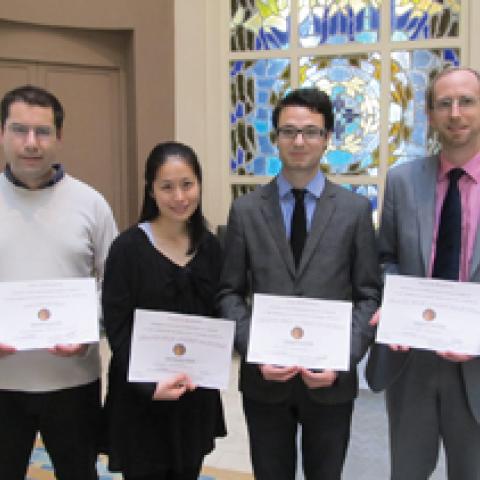
The tenth Prix André Marchal international organ competition of Biarritz, France, sponsored jointly by the town of Biarritz and the Acadèmie André Marchal, with Jacqueline Englert-Marchal as honorary president and Susan Landale as president, was held October 25–29, 2011.
Eleven candidates of six nationalities competed in the interpretation category, and six candidates of five nationalities competed in the improvisation category. The jury, consisting of François Sabatier (chair), Philippe Brandeis, Pascale Rouet (all from France), Martin Sander (Germany), and Ralph Tilden (USA), determined the following prizes.
Interpretation: Prix André Marchal, Virgile Monin (France); second prize, Patryck Lipa (Poland); prize for the best interpretation of a piece by Jehan Alain (on the occasion of the 100th anniversary of his birth), Matthias Kjellgren (Sweden); Jacqueline Englert-Marchal Prize for the best interpretation of a French piece, Kenneth Miller (USA); special mention to Saori Yamaguchi (Japan); and audience prize, Virgile Monin.
Improvisation: Prix André Marchal, Noël Hazebroucq (France); second prize, David Maw (England); Jacqueline Englert-Marchal Prize for the best improvisation on a theme given to André Marchal for improvisation, Jacob Lekkerkerker (Holland); audience prize, Noël Hazebroucq.
Awards were presented at the Town Hall of Biarritz at a gala champagne reception.






